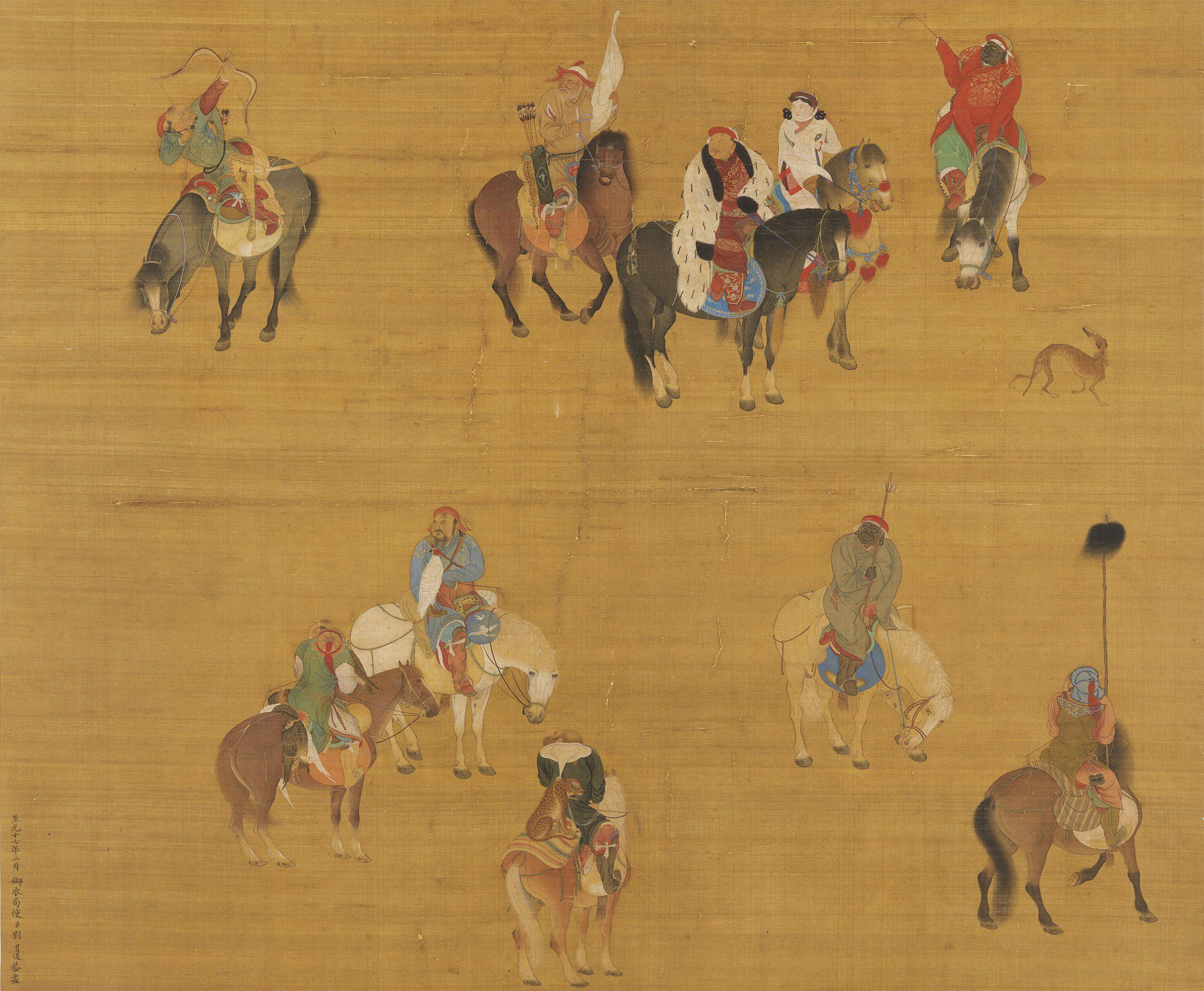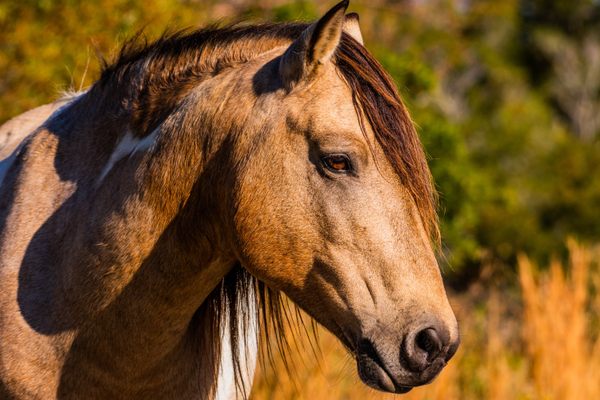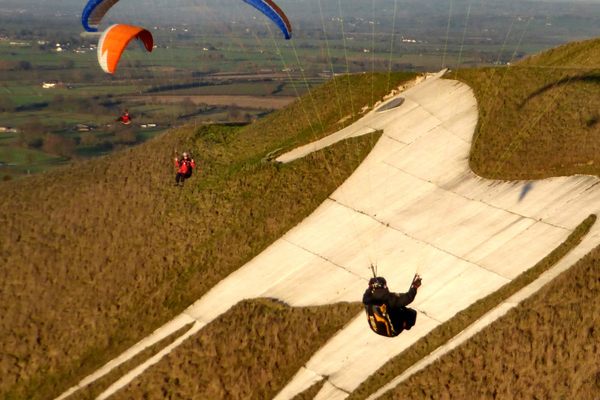What Life Was Like for Ancient Mongolians
Researchers studied the remains of 25 individuals for clues.

Little is known about what life was like for Mongolians during the Bronze Age. The period has long been shrouded in mystery because of a lack of artifacts and settlements, and consequently, it’s been difficult for archaeologists to understand how Mongolians developed and thrived back then.
In a recently published study in the journal HOMO, a team of researchers from the University of Auckland in New Zealand, the Natural History Museum in Washington, D.C, and the Mongolian Academy of Sciences attempt to unravel a bit of this mystery. The researchers examined the skeletal remains of 25 individuals from khirigsuurs (ceremonial mounds) in the Hovsgol administrative subdivision of northern Mongolia. These bones date back to approximately 3,500 to 2,700 years ago.
According to the researchers, the remains showed little signs of infectious and diseases associated with malnutrition, such as rickets, osteomalacia, scurvy, or generalized osteoporosis. The study suggests that disease may have become more widespread with later generations of Mongolians due to demographic and cultural shifts. However, these Mongolians lived in small groups, rarely settling in one location which kept communicable diseases at bay.
But life wasn’t always peaceful. One of the male remains showed various signs of injury due to interpersonal conflict. Sharp perimortem injuries, such as cuts or other wounds that occur at the time of death, were found on the skeleton along with signs of blunt force trauma.
The bones also provided additional insight into when Mongolians took to horseback. Schmorl’s nodes, which occur when the soft tissue of a spinal disk pushes into nearby vertebrae, were found on the remains. This condition is common with old age and degeneration of the spine, but it’s also associated with horseback riding. The remains were also found to have several traumatic injuries consistent with falling from horses and other animals, potentially from attempts to domesticate.
“The timing of the introduction of mounted pastoralism has been something that researchers have been trying to pin down due to the wide-ranging implications for shifts in culture, trade, warfare, and sociopolitical organization,” says Sarah Karstens, lead researcher on the project, in an email. The discovery of these nodes gives scientists some evidence that perhaps this is the period where Mongolians began to work with animals and ride horses.
Karstens says that the sample size was too small to draw any grandiose conclusions, but she notes that the various injuries and patterns of degenerative changes are consistent with what happens to modern horseback riders. She further explained that this period is where we begin to see a cultural identity being formed in Mongolia, “In terms of the nomadic pastoral lifestyle, ceremonialism, and the cultural significance of animals.”
While there’s still much to learn about Bronze Age Mongolia, we now know more about what they ate and how they developed as a society. Scientists are also getting closer to knowing when animals, horses in particular, became vital to the Mongolian way of life.














Follow us on Twitter to get the latest on the world's hidden wonders.
Like us on Facebook to get the latest on the world's hidden wonders.
Follow us on Twitter Like us on Facebook